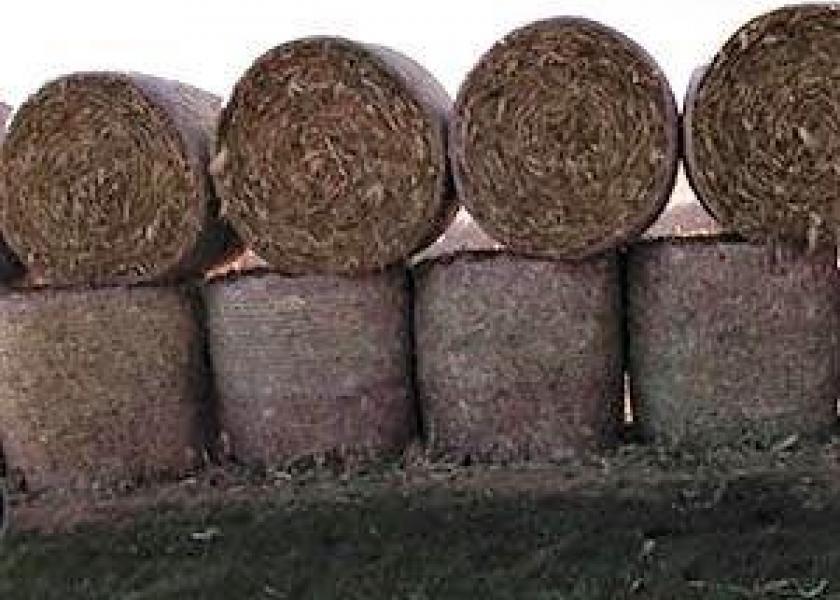What Is the Proper Placement and Construction of Windbreaks?

Winter is coming fast and with it, snow and wind. Cattle and farmsteads both can really benefit from properly placed windbreaks. There are two main types of windbreak function on a farm: livestock wind chill protection and snow windbreaks. The rest of this article will discuss how to use each one to its greatest benefit.
Livestock Wind Chill Protection
The first type is livestock wind chill protection. These windbreaks are built with 20% open and 80% closed. The normal high wind direction is the north and west of a feedlot and by allowing the 20% open, air will come through and reduce its speed by about one-fourth of the high speed. This means a 50-mile-per-hour wind will feel like a 12.5 mph wind, which is much better than 50 mph.
Snow will tend to pile up two times the height of the windbreak. A farmer using cornstalk bales to build a windbreak to protect his cattle might build it 10 feet high and have 6 feet solid and 1.5 feet open space along the northwest side of the feed yard. It should be placed at least 20 feet back from the yard for the snow area. This area should also have a natural slope to direct the spring melt water away from the yard. The protected area will be 10 times the height, which, in our case is going to be 100 feet downwind. We would like to place the feed bunks and water in this zone along with driveways for traffic.
Snow Windbreaks
The second type is snow windbreaks. Snow is always a problem in the winter and moving it around with equipment does not add to the bottom line. These windbreaks are built with 50% solid and 50% open. They will dump and drift snow for 3 to 4 times the height and the height of the drift will be 1.2 times the height. For our example, we will start with a 6-foot-high bale that’s 6-foot wide, with a 6-foot wide space. This will accumulate snow for 24 feet with a drift that will be 7.2 feet high about 18 feet back from the fence. With snow windbreaks, I would like to place them about 6 times their height away from driveways and lanes to greatly reduce the time and effort of moving snow around the farmstead. For our 6-foot example, that means 36 feet back from the driveway.







